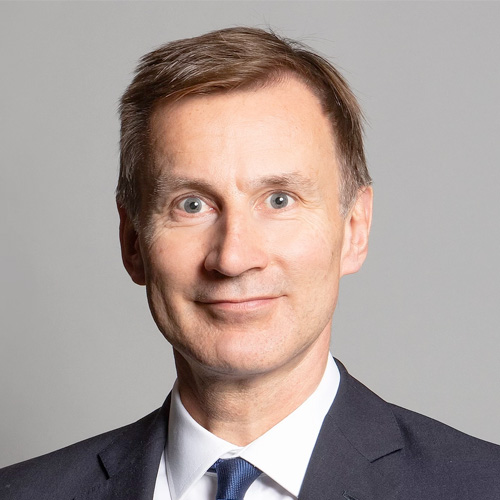Following the catastrophe of the mini-Budget a month ago with the resultant market turmoil leading to shuffling of the cabinet and a new Prime Minister, we will soon have the first major policy decisions for the struggling economy.
The Autumn Statement in two weeks (November 17th 2022) is the tool for the government to signal to the markets that they can have confidence in the pound and batten down long-term gilt rates. The cost of borrowing is already up and today is another base-rate decision hike with the rate taken to three percent (75 basis points) - the largest single rise in 30 years.
Jeremy Hunt the fledgling Chancellor is looking to balance the £50 billion budget deficit with an even split of tax rises and spending cuts. Spending cut impacts like for those in the public sector who may be expecting inflation level (over 10 percent) pay rises. Instead they will be first to be victims, as two percent is likely to be the max offered.
The former Chancellor and now Prime Minister, Rishi Sunak has already been using the fiscal drag affect as a 'stealth tax rise'. He froze tax thresholds already but is very likely to extend the freeze for further years - so in real-terms the thresholds will continue steeply pulling people into higher tax bands and taking more tax and NICs from others.
The biggest and most-confusing u-turn possible yet could be if the announced 'health and social care levy' is brought back. It has been announced, then implemented with a surcharge on NICs, then announced to be brought in as a separate tax, and then finally removed altogether. Bringing back the health and social care levy at 1.25 percent would bring in £15 billion, 30 percent of the deficit.


